It’s the second week of November, and Black Friday promotions are in full swing; emails, ads, organic posts. But, how many of these promotions are you actually paying attention to? The answer is probably not many, and there’s a reason for it: content fatigue. (Not to be confused with creative fatigue.)
We are being bombarded with information from every angle which leads to us ignoring content. “Oh, another Black Friday sale.” *Swipe*.

And for the marketers themselves, it becomes increasingly harder to stand out from the crowd.
What is content fatigue for marketers?
In the latest Content Marketing Institute’s B2B Content Marketing Report, more than 50% of B2B marketers say it’s become harder to capture their audience’s attention.
As audiences become increasingly selective, marketing teams face mounting pressure to generate more content, often without extra resources – a challenge heightened by the state of the current economy.
This demand for high-volume content can feel disconnected and ineffective, ultimately exacerbating content fatigue and diminishing engagement. Volume is trumping strategy.
What is content fatigue for consumers?
When consumers are confronted with too much content on the channels they frequent, they feel overwhelmed, get tired and inadvertently start to ignore or block out the content they see. This isn’t only on social media – it’s everything from emails to blog content (like this one). This, in turn, reduces engagement.
So how can you reignite that content spark?
Four strategies to overcome content fatigue
You can win the battle of content fatigue by adopting the following strategies:
1. Define (or revisit) your audience personas
If you’re not regularly reviewing your audience, you might be talking to people who aren’t listening. Defining customer personas help you craft more relevant and resonant content. As their needs, pain points, and motivations shift over time – often influenced by seasonal changes like the upcoming Christmas and summer holidays – your approach should adapt as well.
Reviewing your customer personas will help make sure your content is aligned with what your audience cares about at that point in time. Do your research. Listen to sales calls. Send out customer surveys. This will help you inform your content strategy.
2. Focus on a cohesive brand narrative
Quality over quantity. While it’s important to post often, random pieces of content fail to make a lasting impact on your audience. Instead, prioritise storytelling and narrative-building in your content strategy.
By weaving stories into your posts, you can deepen connections with your audience. Rather than posting isolated content pieces, build a cohesive narrative that aligns with both your brand’s goals and your audience’s needs. This approach ensures that each piece contributes to a bigger picture, sustaining audience interest and engagement over time.
3. Establish a content creation strategy
Creating content requires considerable effort. While it would be awesome to be able to create high quality productions, for most businesses it’s not a realistic or practical option. Fortunately, low fidelity (lo-fi) content is making a comeback, allowing brands to produce authentic, engaging content with minimal editing and budget.
View this post on Instagram
This post was all filmed on an iPhone and edited in CapCut.
A content creation strategy helps guide the planning, creation and management of content, maximising resources through data-driven decisions. This approach prevents content from being produced merely for the sake of posting, ensuring that each piece serves a purpose and resonates with the audience.
4. Measure your performance
If you’re not measuring the performance of your content, you’re destined for failure. Tracking metrics such as clicks, conversions and engagement will give you insights into what’s working and what’s not. Don’t fall into the trap of vanity metrics – focus on the KPIs that matter to your bottom line.
Use tools like UTM codes, heat map analyses, user behaviour statistics and link tracking to accurately measure the impact of your content.
At Aston Digital, we bring expertise, interest, and experience to intelligent marketing reporting and strategic development, helping you leverage data for meaningful insights and growth.

For years, Search Engine Optimisation (SEO) was the golden rule of digital marketing. Optimise keywords. Earn backlinks. Climb the rankings. But the way people find answers is [...]
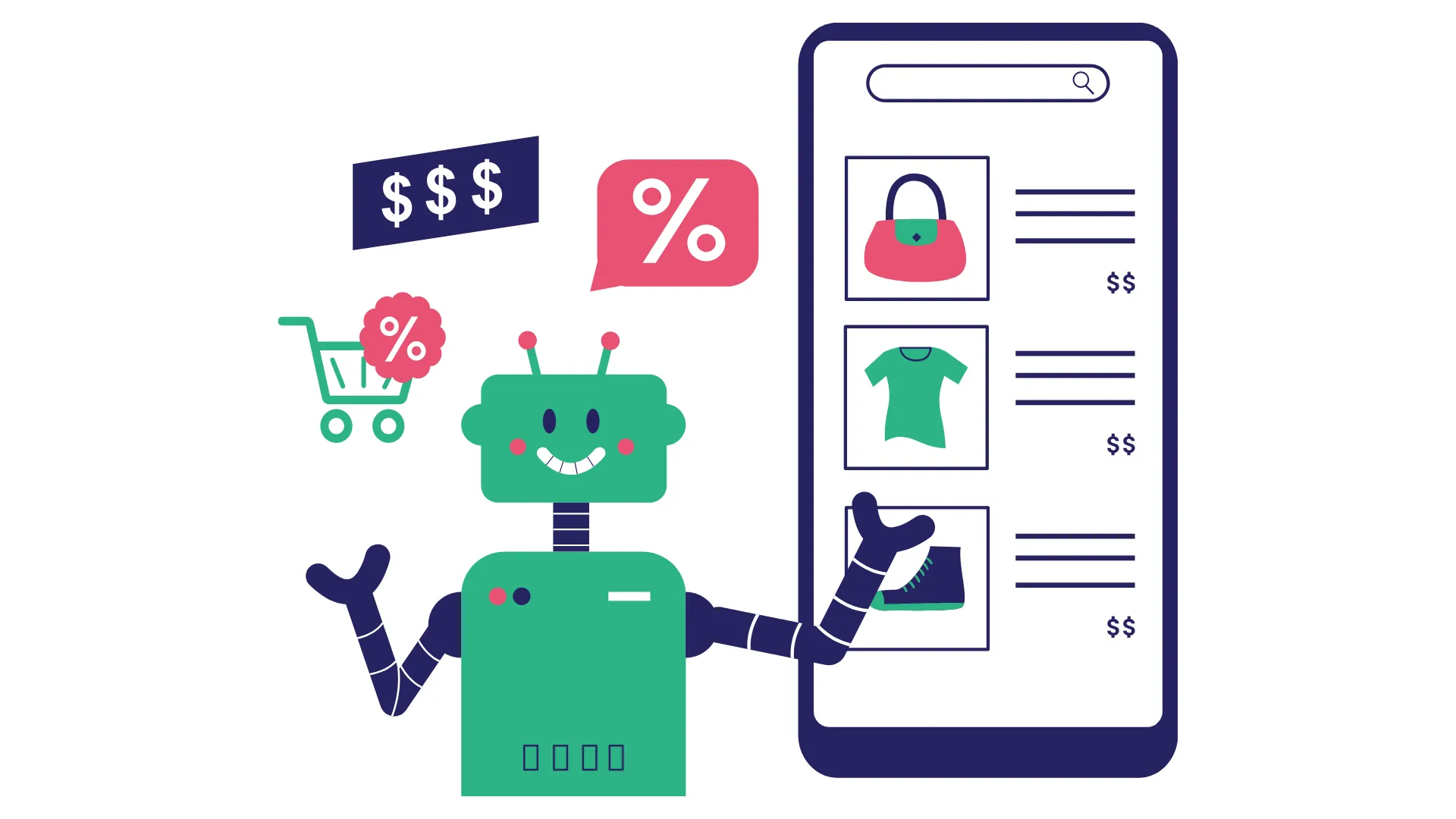
A billion searches were made on ChatGPT last week alone. Now, OpenAI is turning those queries into a powerful new retail experience. ChatGPT recently launched its AI [...]

Google’s AI Overviews are reshaping search by pulling answers from the places people are actually talking: Reddit, YouTube, Quora and other community-driven platforms. According to new data [...]

Quick Website Audit Checklist When was the last time you really looked at your website through the eyes of a customer? We often assume that once [...]

For years, Search Engine Optimisation (SEO) was the golden rule of digital marketing. Optimise keywords. Earn backlinks. Climb the rankings. But the way people find answers is [...]

When you see a paid ad, nine times out of ten, you're probably not clicking on it. Instead, you'll likely hop over to Google, search the brand [...]

In digital advertising, audience targeting has always been both an art and a science. But what if the science just got smarter - a lot smarter? We’ve [...]
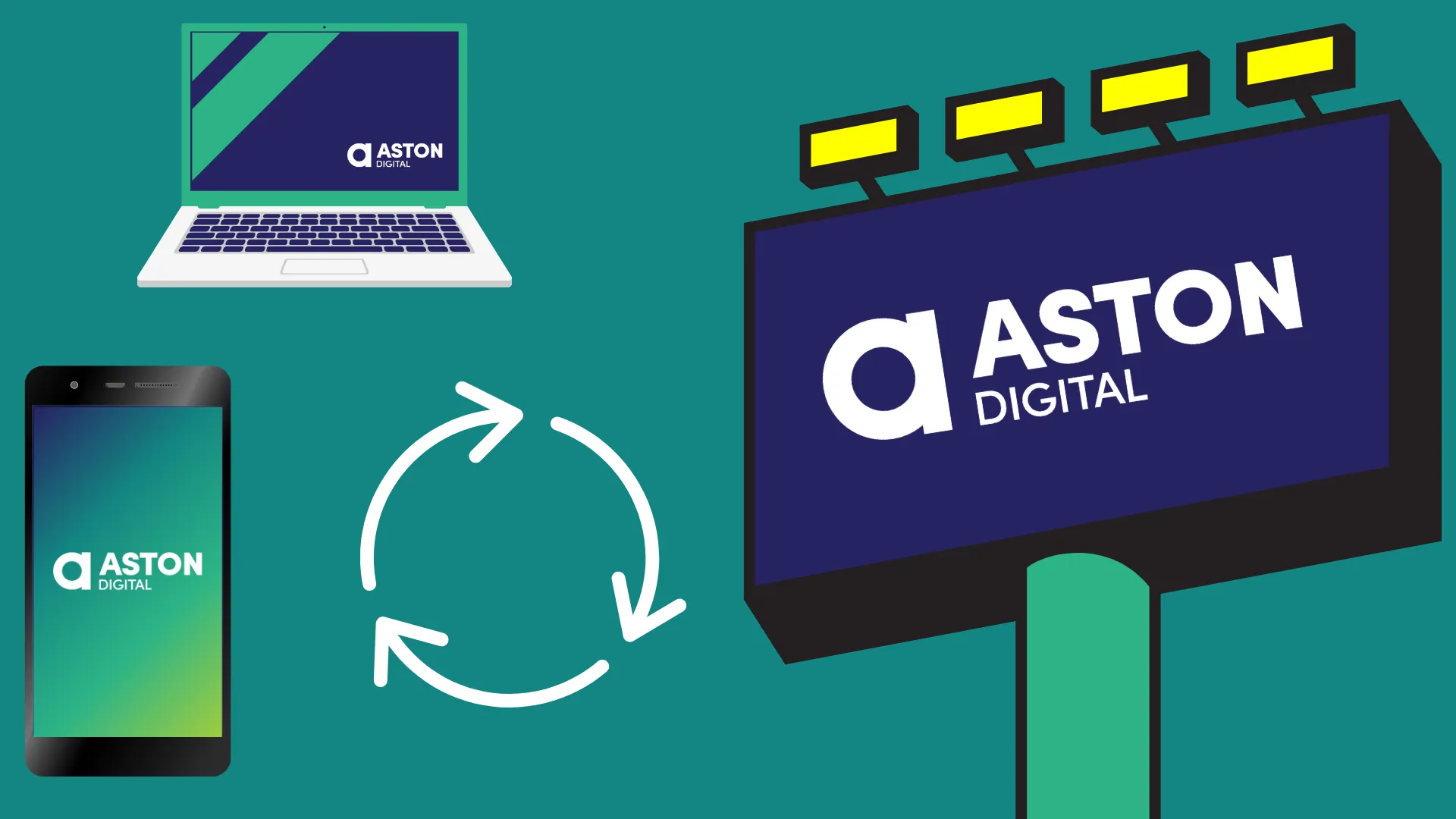
With attention spans getting shorter and competition fiercer, brands are constantly searching for that magic formula to stand out. But the answer isn’t always a bold campaign [...]

A billion searches were made on ChatGPT last week alone. Now, OpenAI is turning those queries into a powerful new retail experience. ChatGPT recently launched its AI [...]

Google’s AI Overviews are reshaping search by pulling answers from the places people are actually talking: Reddit, YouTube, Quora and other community-driven platforms. According to new data [...]
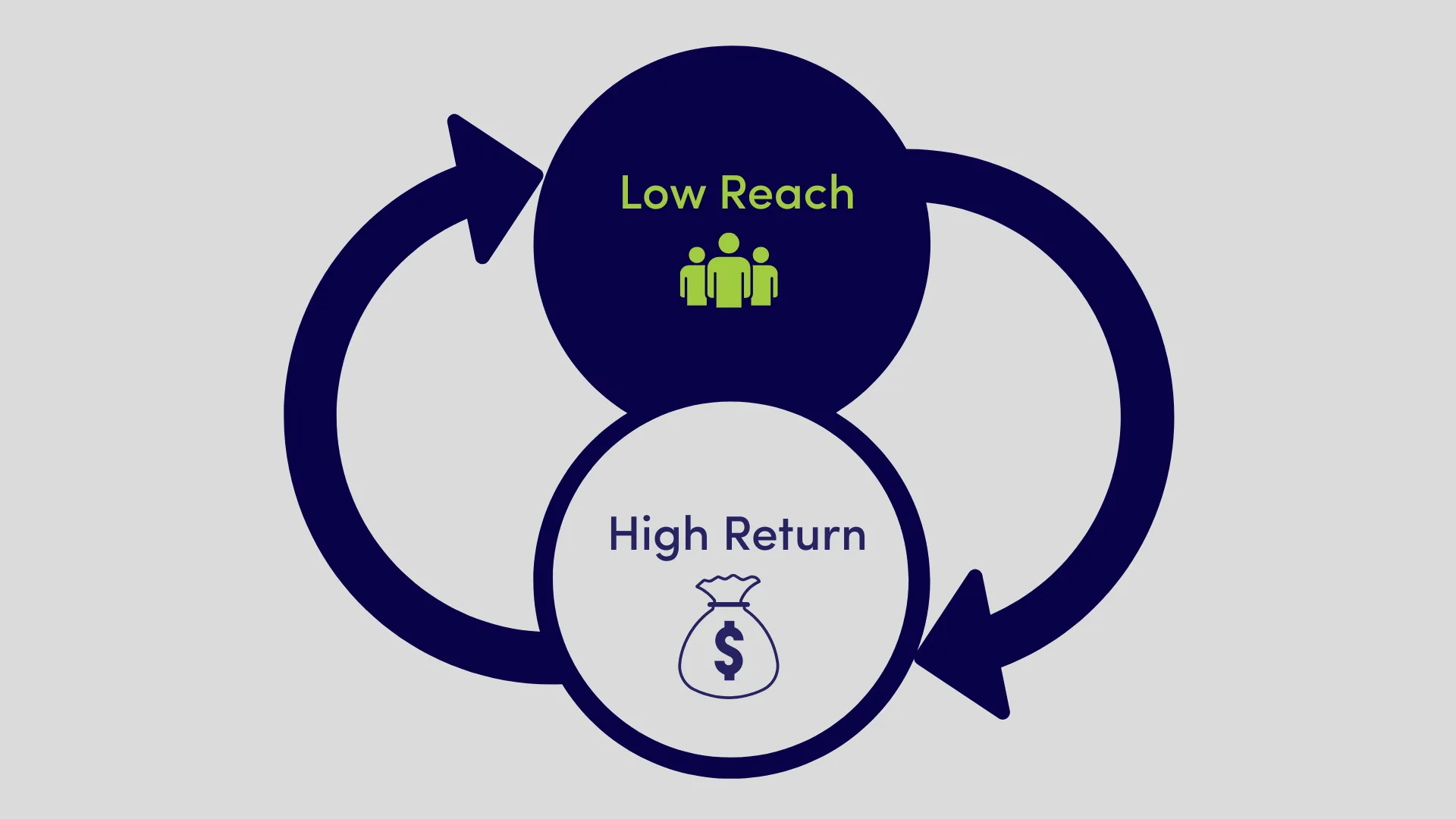
We recently posted a simple promotion on a client’s social media account. It was about a niche product - nothing flashy, not designed to go viral, just [...]
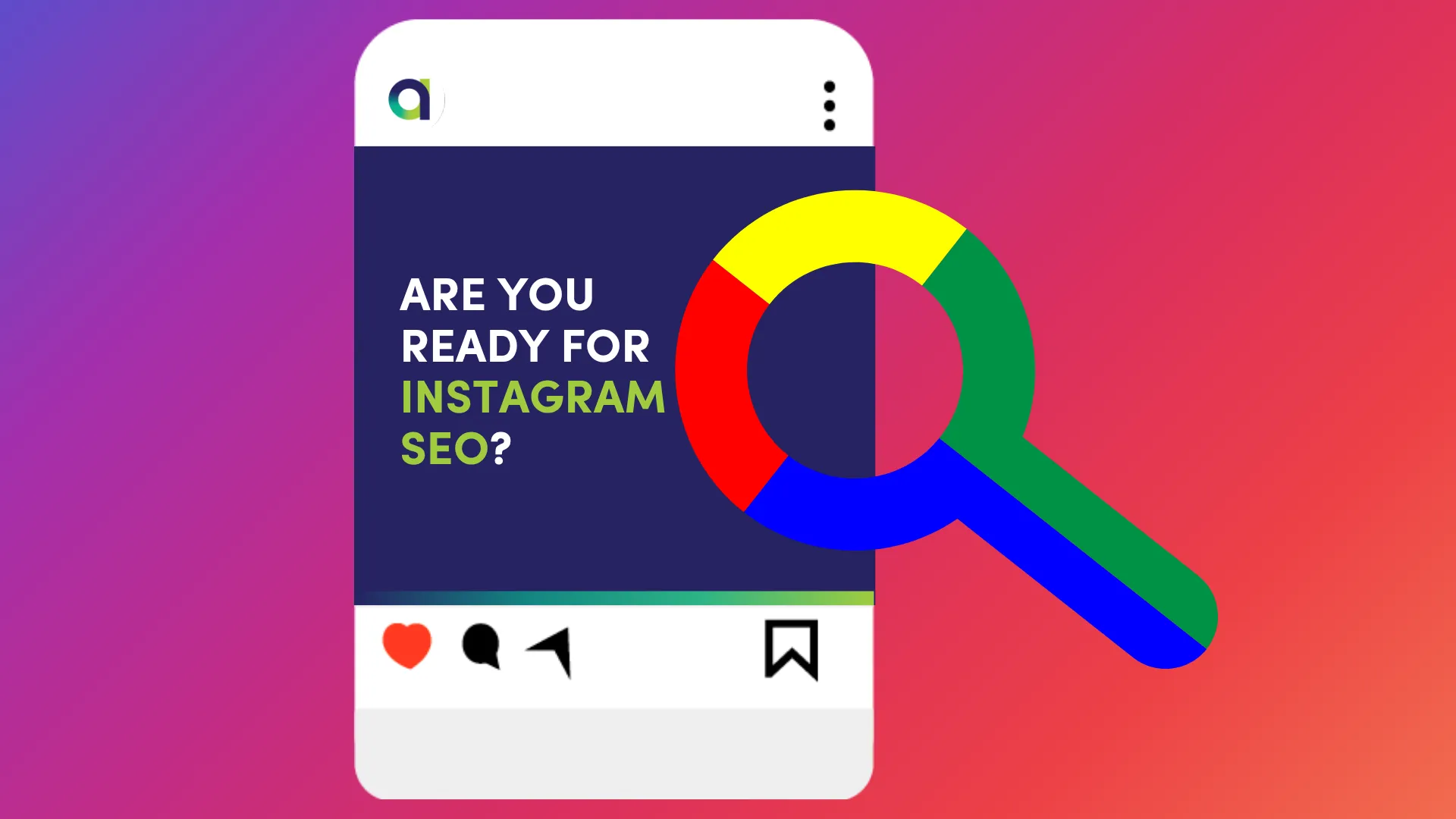
Starting July 10, 2025, public posts from professional Instagram accounts will start appearing in Google search results. That means your photos, Reels and videos could soon show [...]
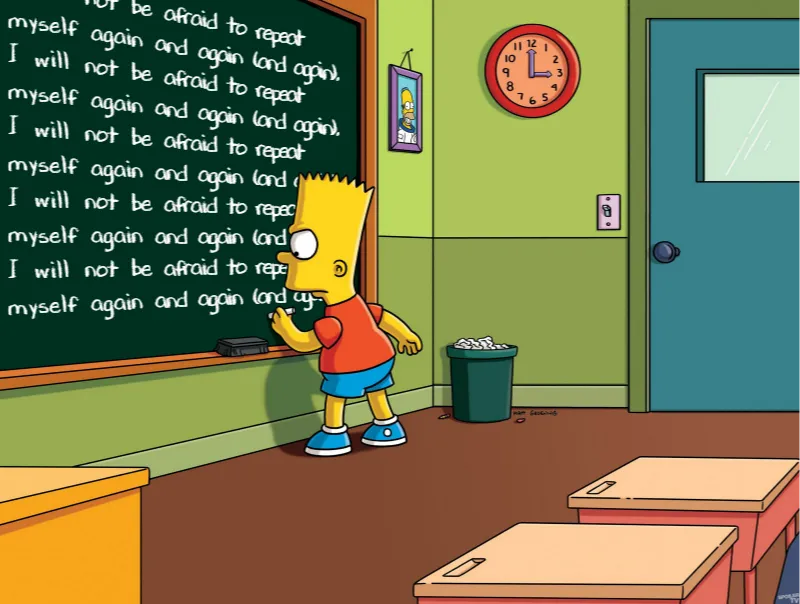
One of the most common concerns we hear from clients is: “I feel like we’re repeating ourselves too much.” They worry that saying the same message more [...]

Quick Website Audit Checklist When was the last time you really looked at your website through the eyes of a customer? We often assume that once [...]

